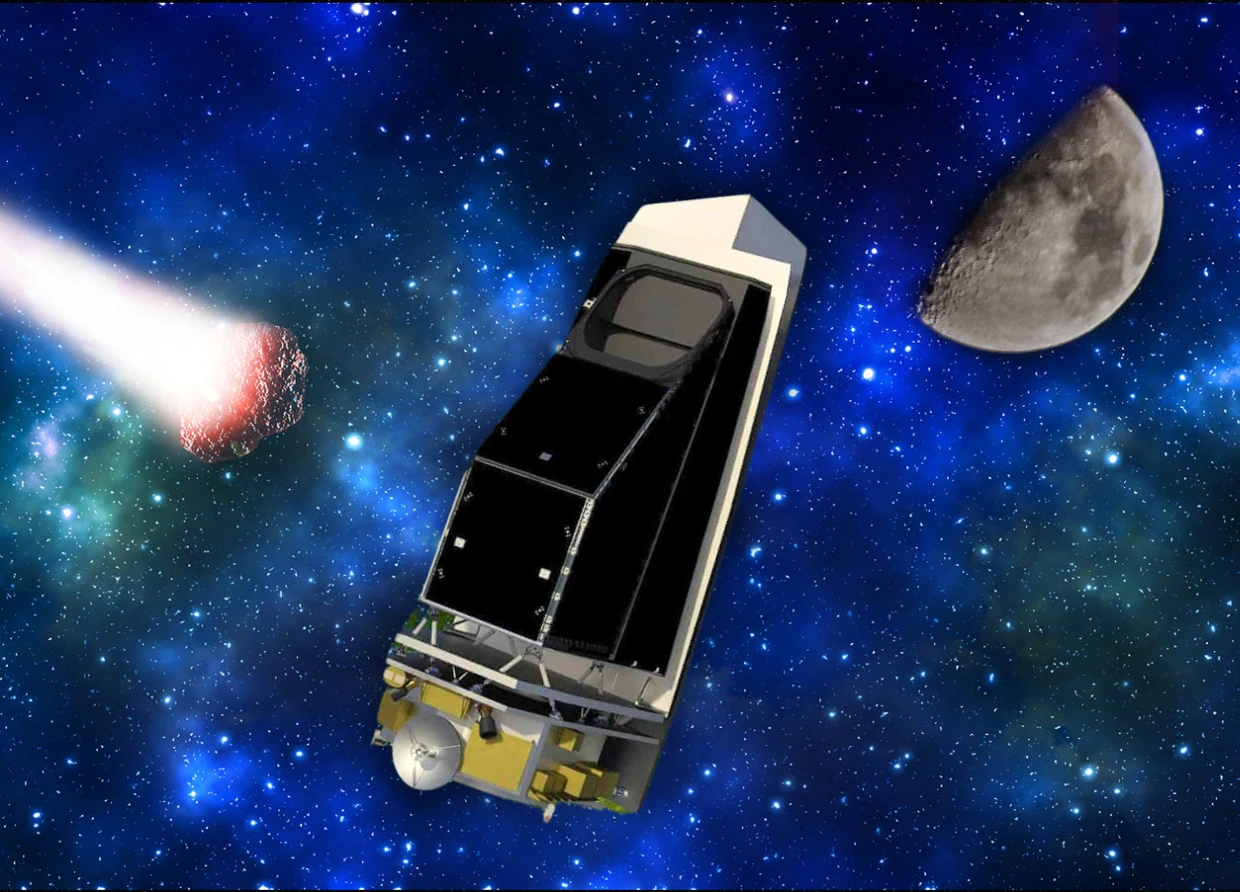NEW TELESCOPES SET TO ENHANCE PLANETARY DEFENSE AGAINST ASTEROID THREATS
Two groundbreaking telescopes are on the horizon to enhance our ability to detect and protect against potentially catastrophic asteroid impacts.

In a pivotal advancement for planetary defense, two next-generation telescopes are set to greatly enhance our ability to detect potentially hazardous asteroids, following a recent near-miss event. On September 4, astronomers spotted an asteroid hurtling toward Earth, which impacted near Luzon, Philippines, just 10 hours later. Fortunately, the meteor was only a meter long, igniting harmlessly in the atmosphere and producing a stunning blue-green streak across the sky. However, this incident highlighted the existential threat posed by larger asteroids, which can cause significant damage.
Asteroids as small as 20 meters can create serious destruction, potentially imploding windows and knocking people off their feet. A 50-meter asteroid could devastate a town, while a 140-meter rock could obliterate a sprawling city. For billions of years, Earth has been exposed to such cosmic threats, but advancements in planetary defense have given humanity new tools to combat these dangers.
The field of planetary defense is dedicated to identifying and neutralizing potential asteroid threats. With the launch of two upcoming telescopes, scientists expect to locate nearly all near-Earth asteroids that have evaded detection by existing methods. This mission will significantly enhance the safety of all 8 billion people on the planet.
Currently, planetary defense strategies are divided into two categories: offensive and observational. The offensive approach focuses on deflecting or destroying large asteroids, as demonstrated by NASA's successful Double Asteroid Redirection Test (DART) in 2022, which proved that a spacecraft could alter an asteroid's trajectory. However, without precise knowledge of an asteroid's location, these techniques are ineffective.
To address this, astronomers rely primarily on optical astronomy to detect asteroids by identifying sunlight glinting off their surfaces. While this method has been somewhat effective, it has limitations, particularly for smaller asteroids. NASA estimates that approximately 14,000 near-Earth asteroids with the potential to cause significant destruction remain undiscovered.
The first of the new telescopes, NASA's Near-Earth Object Surveyor (NEO Surveyor), is designed to revolutionize asteroid detection. Unlike traditional methods that rely on reflected starlight, NEO Surveyor will detect asteroids by their heat signatures. Positioned in outer space, it will be shielded from the sun's glare, allowing it to identify asteroids that would otherwise remain hidden. Within a decade of launch, NEO Surveyor is expected to locate 90% or more of the city-killer asteroids currently undetected.
This mission represents a crucial step forward in planetary defense, providing scientists and engineers with the tools needed to safeguard the Earth from cosmic threats. With these advancements, humanity is poised to take significant strides toward a safer future, better equipped to navigate the challenges posed by our ever-changing universe.
#THE S MEDIA #Media Milenial #planetary defense #asteroid detection #NASA #Near-Earth Object Surveyor #space exploration #astronomical research #cosmic threats #meteor impacts #space telescopes #DART mission #infrared technology #Earth safety #asteroid hazards #astronomical innovation #scientific advancement


























